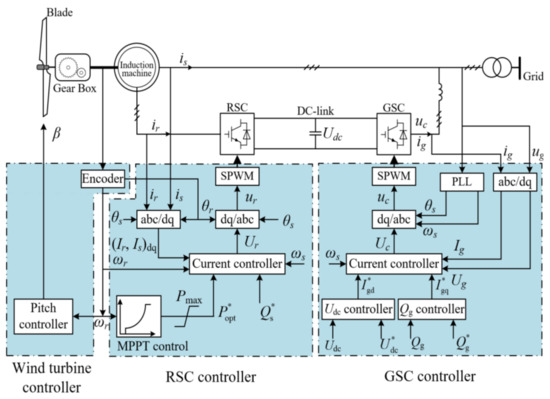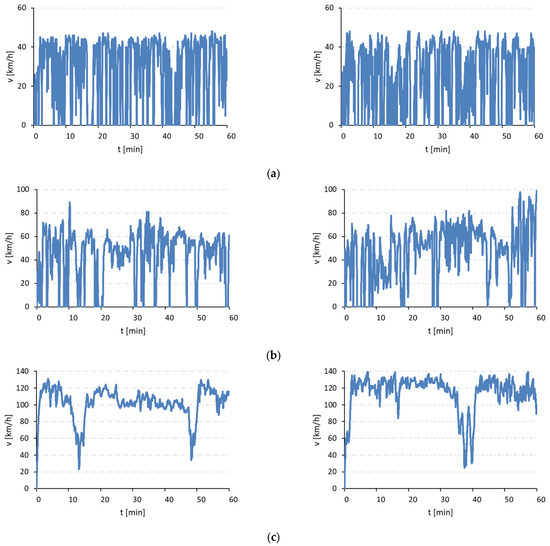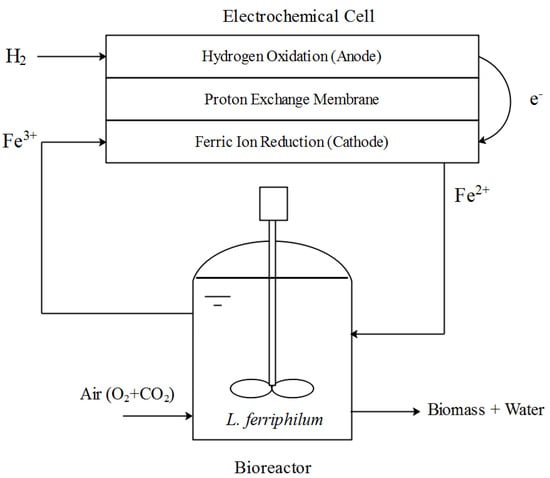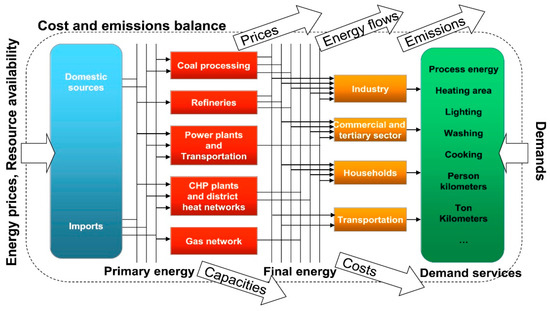Energies 2021, 14(23), 7983; https://doi.org/10.3390/en14237983 - 29 Nov 2021
Cited by 10 | Viewed by 1927
Abstract
In this study, the performance of an organic dye obtained from the bark of the red pine (Pinus brutia) tree growing in Muğla/Turkey as an interface layer in the Au/n-Si Schottky diode (SD) structure was evaluated. For this purpose, at first,
[...] Read more.
In this study, the performance of an organic dye obtained from the bark of the red pine (Pinus brutia) tree growing in Muğla/Turkey as an interface layer in the Au/n-Si Schottky diode (SD) structure was evaluated. For this purpose, at first, the optimized molecular structure, the highest occupied molecular orbital (HOMO), and the lowest unoccupied molecular orbital (LUMO) simulations of the organic dye were calculated by the Gauss program and it was theoretically proven that the dye exhibits semiconducting properties. Then, the electrical and photodiode variables such as ideality factor, effective barrier height, series resistance, interface states density distribution, photosensitivity, and photo responsivity were evaluated employing current-voltage measurements under dark and different illumination densities. Additionally, C-V measurements were used to demonstrate that the fabricated device has capacitive features and this capability varies as a function of the frequency. Under these measurements, the possible conduction mechanism for the organic dye-based Au/n-Si device was investigated and the results showed that Au/Pinus brutia/n-Si may be a good candidate for optoelectronic applications.
Full article
(This article belongs to the Special Issue Advanced Optoelectronic Applications of Novel Organic Semiconductors)
►
Show Figures














